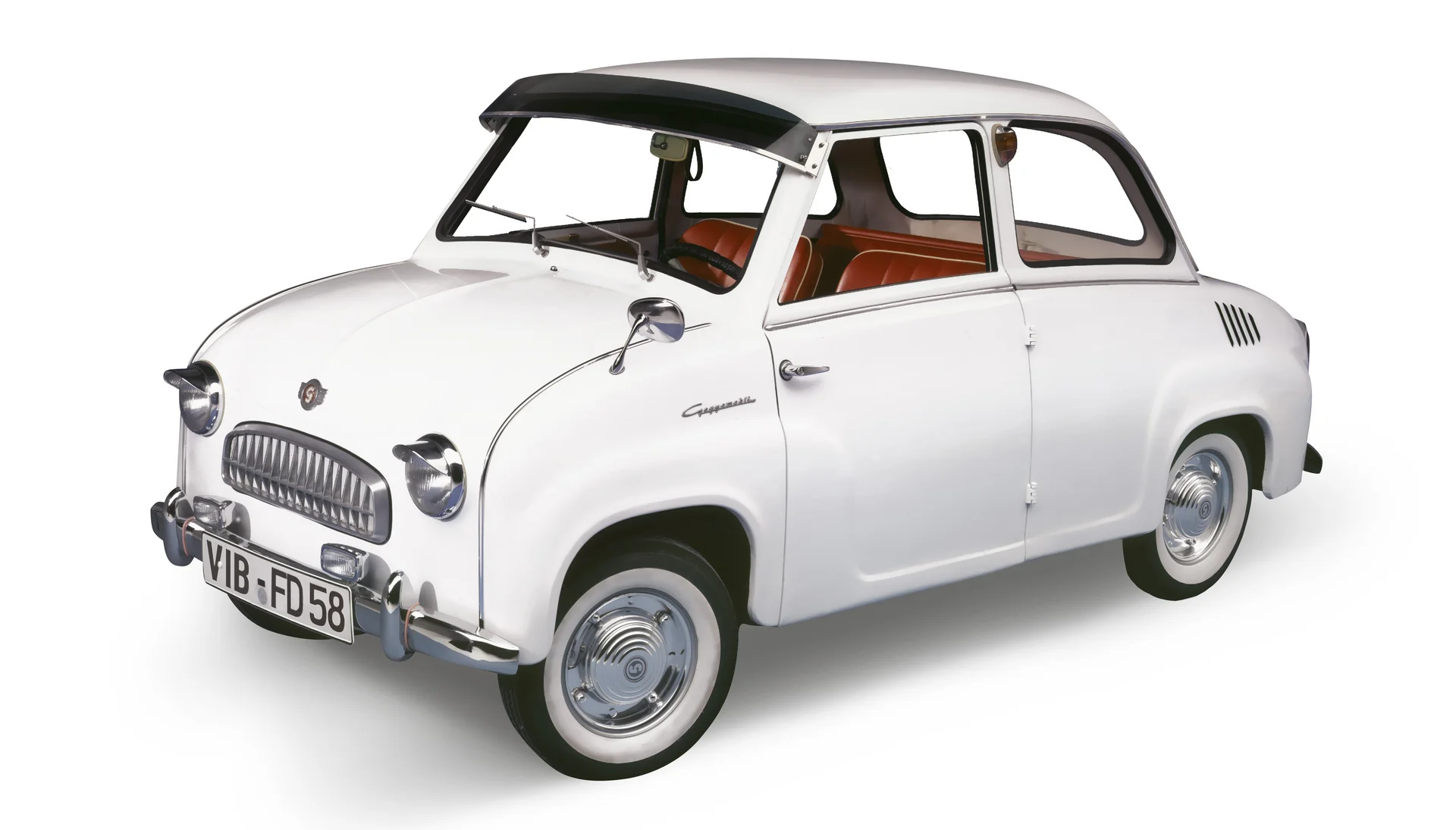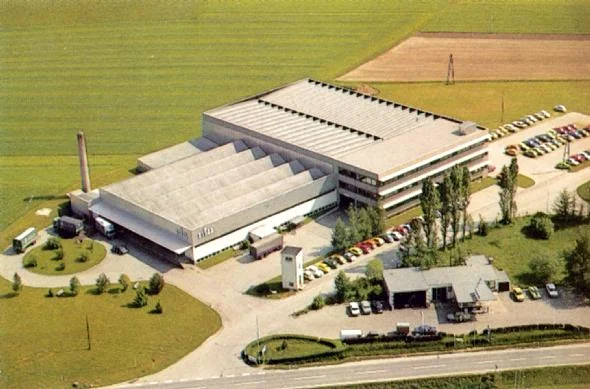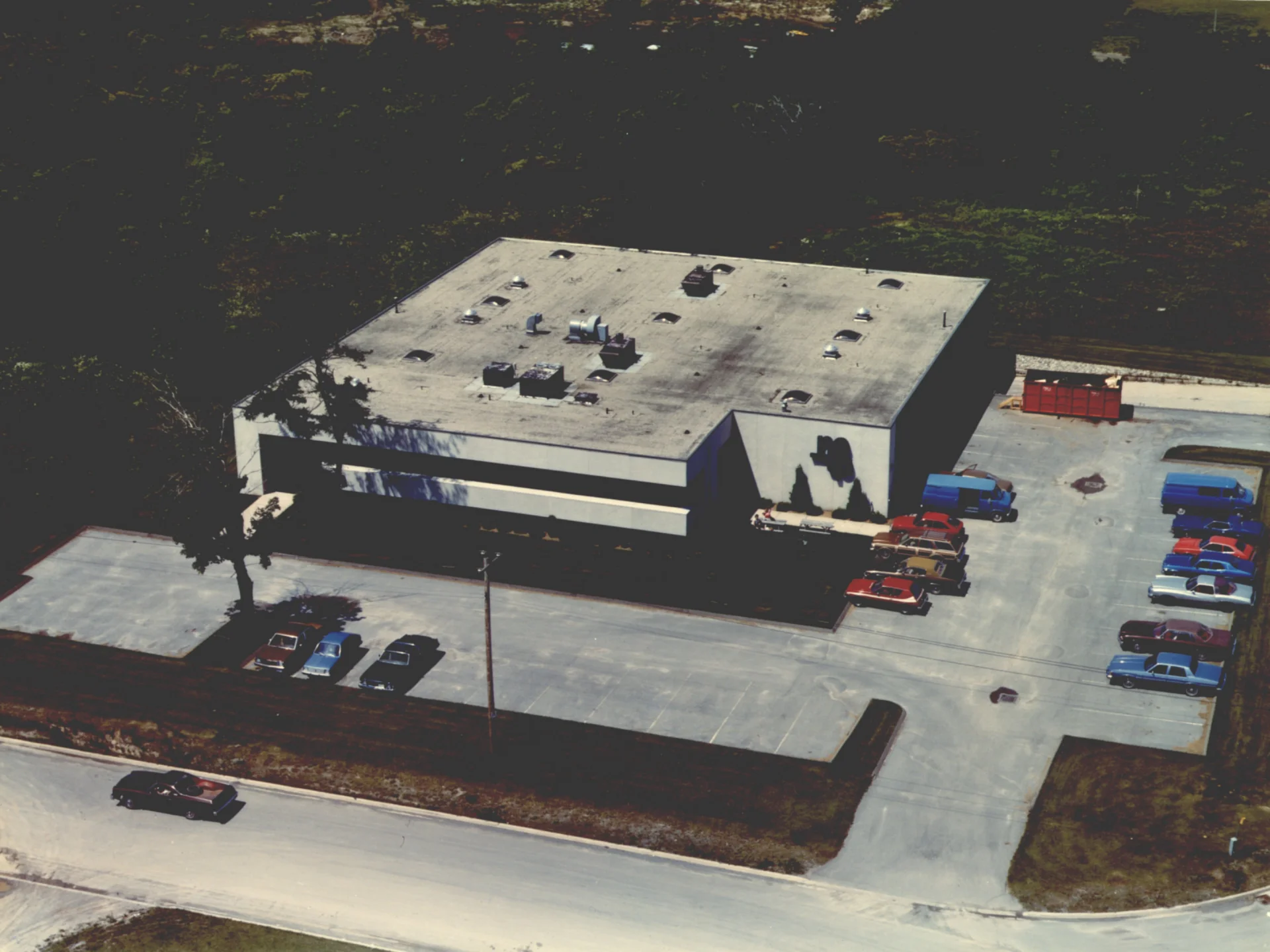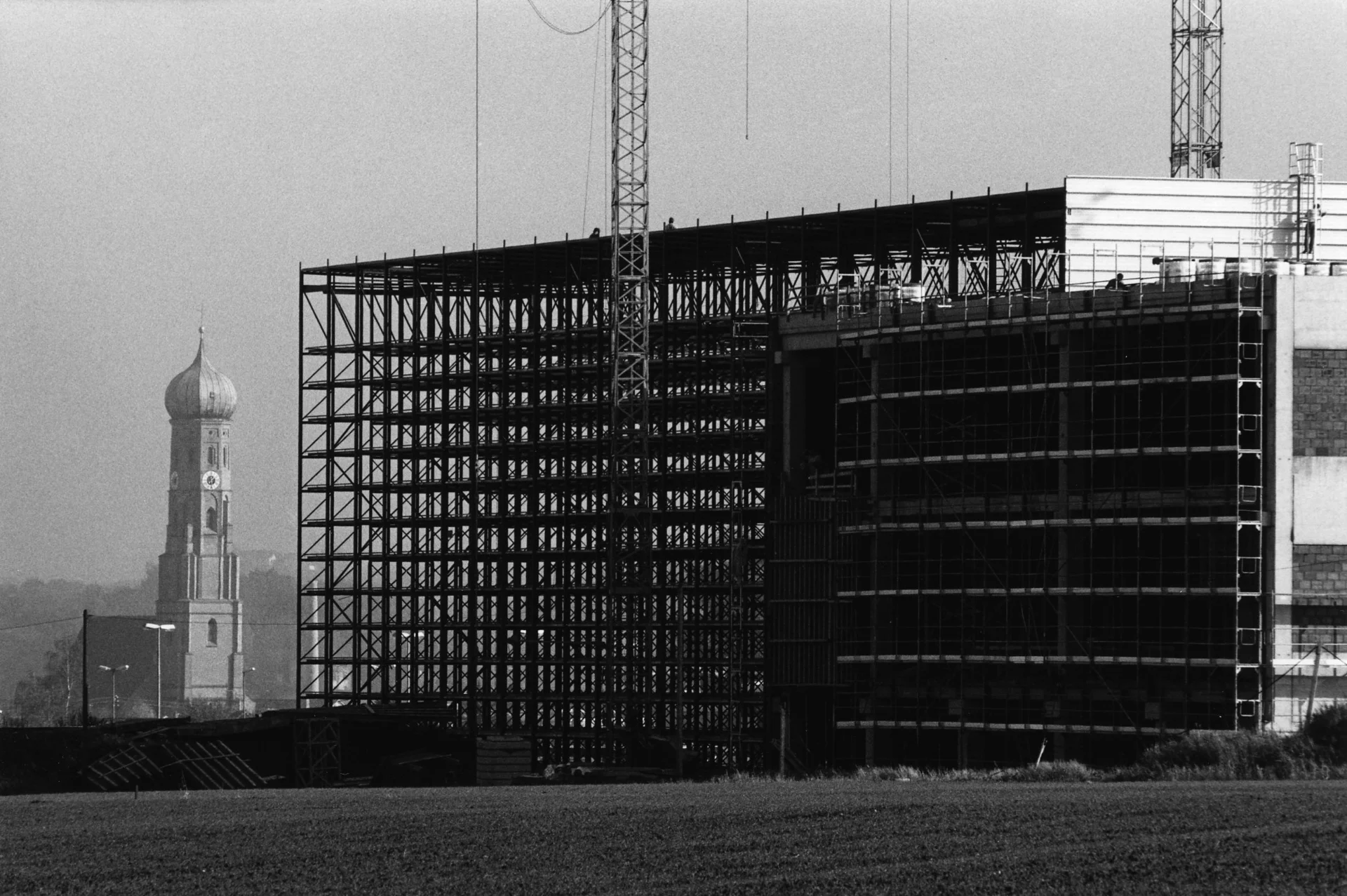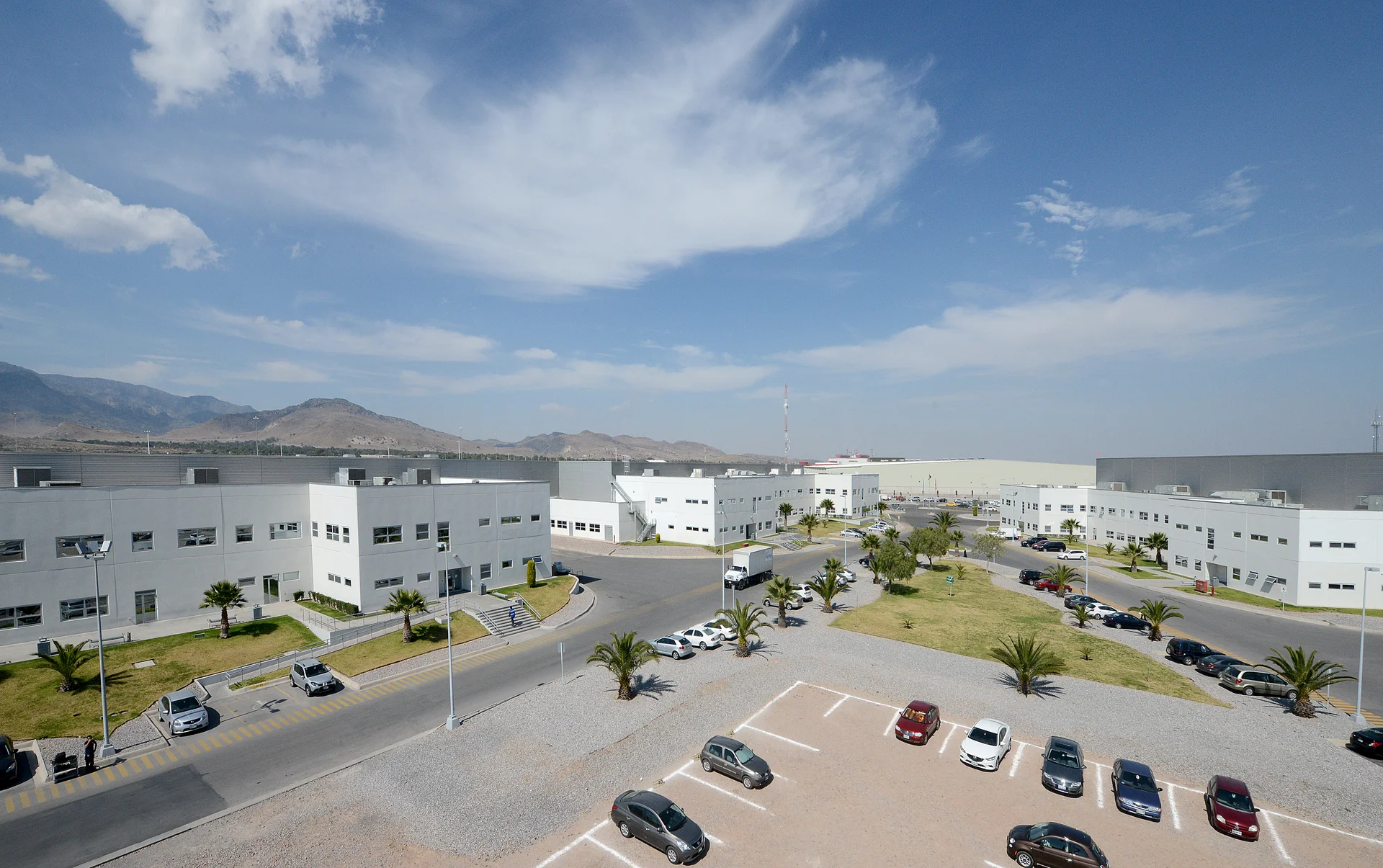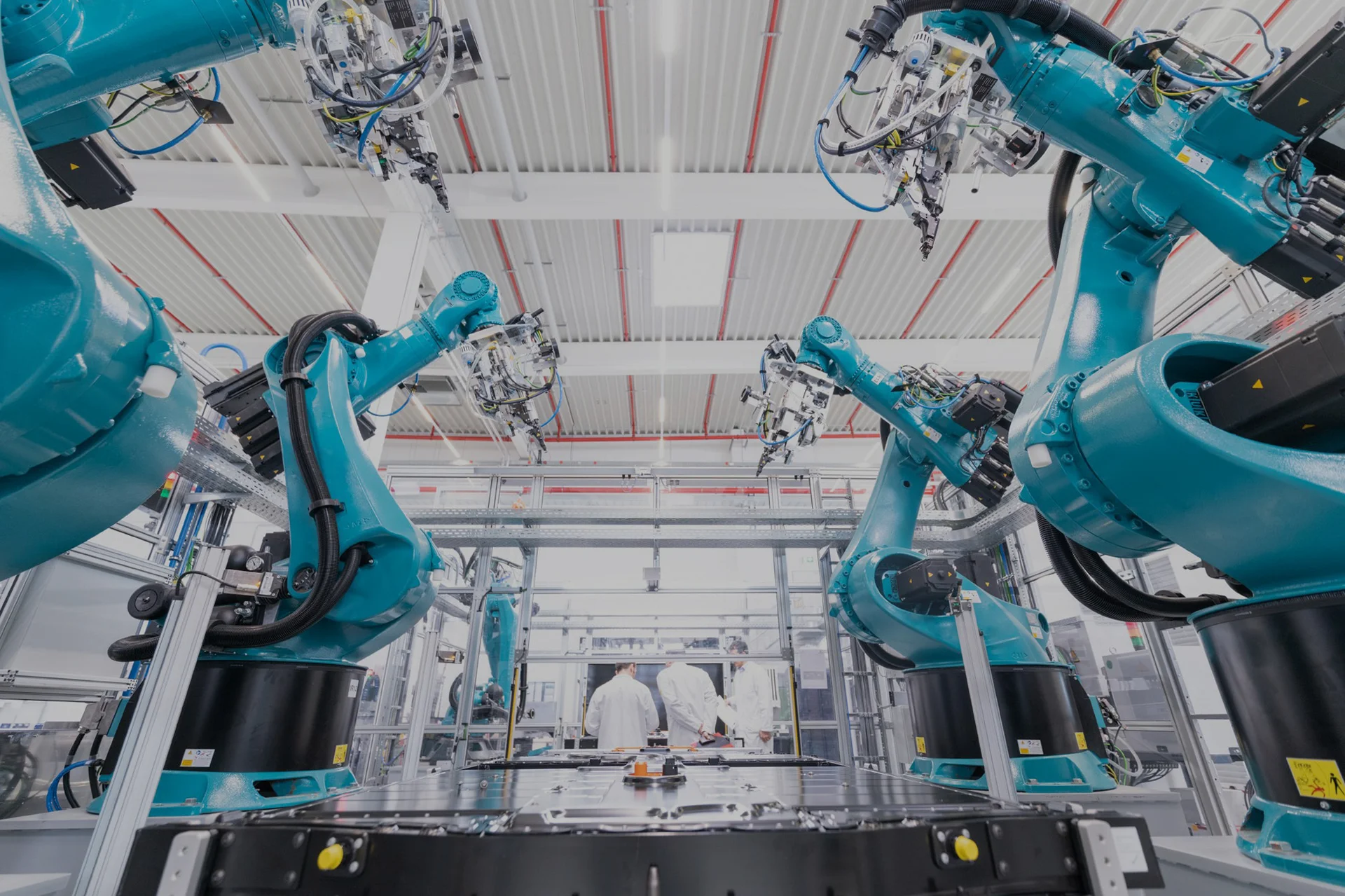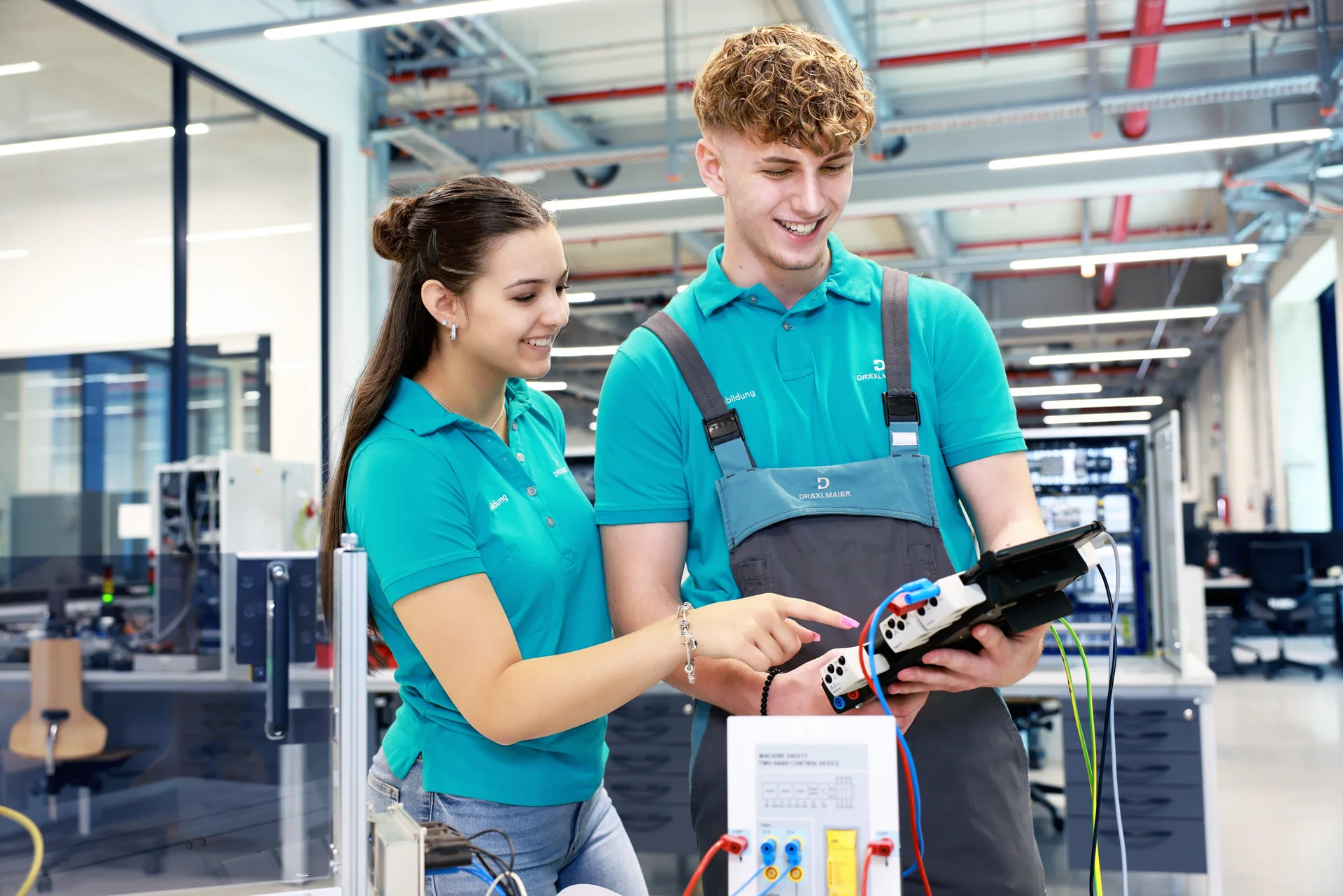It all began with leather goods in 1875. Discover our exciting history and take a glimpse into the future.
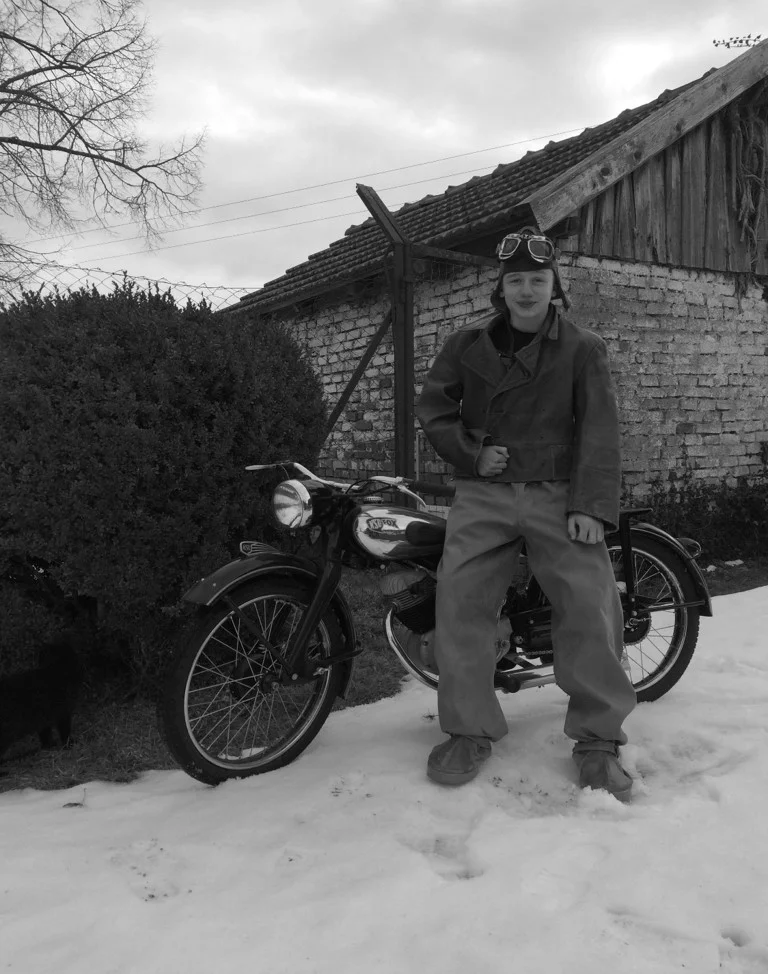
The history of the Dräxlmaier family
The DRÄXLMAIER Group did not have its origin in the automotive industry, but rather in leather production. In 1875, Michael Dräxlmaier, the grandfather of Fritz Dräxlmaier Sr., founded a leather and shoe factory in Geisenhausen. The company had one of the first ten telephone lines in the Landshut region. This telephone connection made it possible to take orders quickly. Soon, the Dräxlmaiers not only purchased large equipment, but were also producing energy themselves—with their own steam power plant. So even back then, they were pioneers. The company quickly gained an outstanding reputation and expanded its range of lederhosen and ski helmets.
Read the story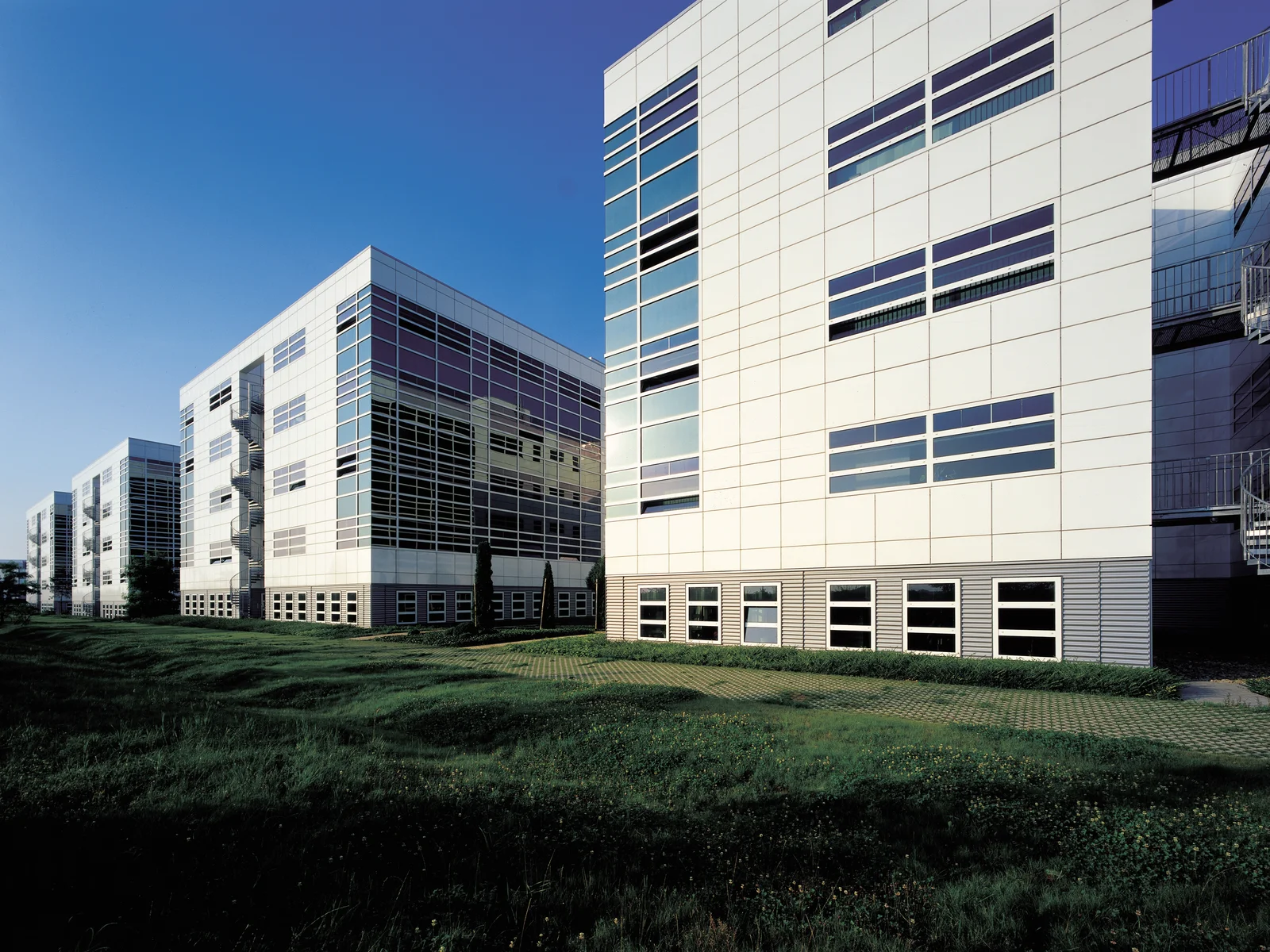
The 1990s: Innovations bring progress
As vehicle complexity increased, so did the number of branches in the wiring harnesses. More and more parts had to be supplied with power and precision. The electrical systems looked completely different, depending on the equipment selected by the end-customer. To solve this issue, DRÄXLMAIER invented the customer-specific wiring harness in 1990. Just a few years later, the company also became a system supplier for the complete interior. Products such as the functionally integrated door module or a vehicle interior made of natural fibers followed. In 1998, the DRÄXLMAIER Technology Center was opened.
Learn more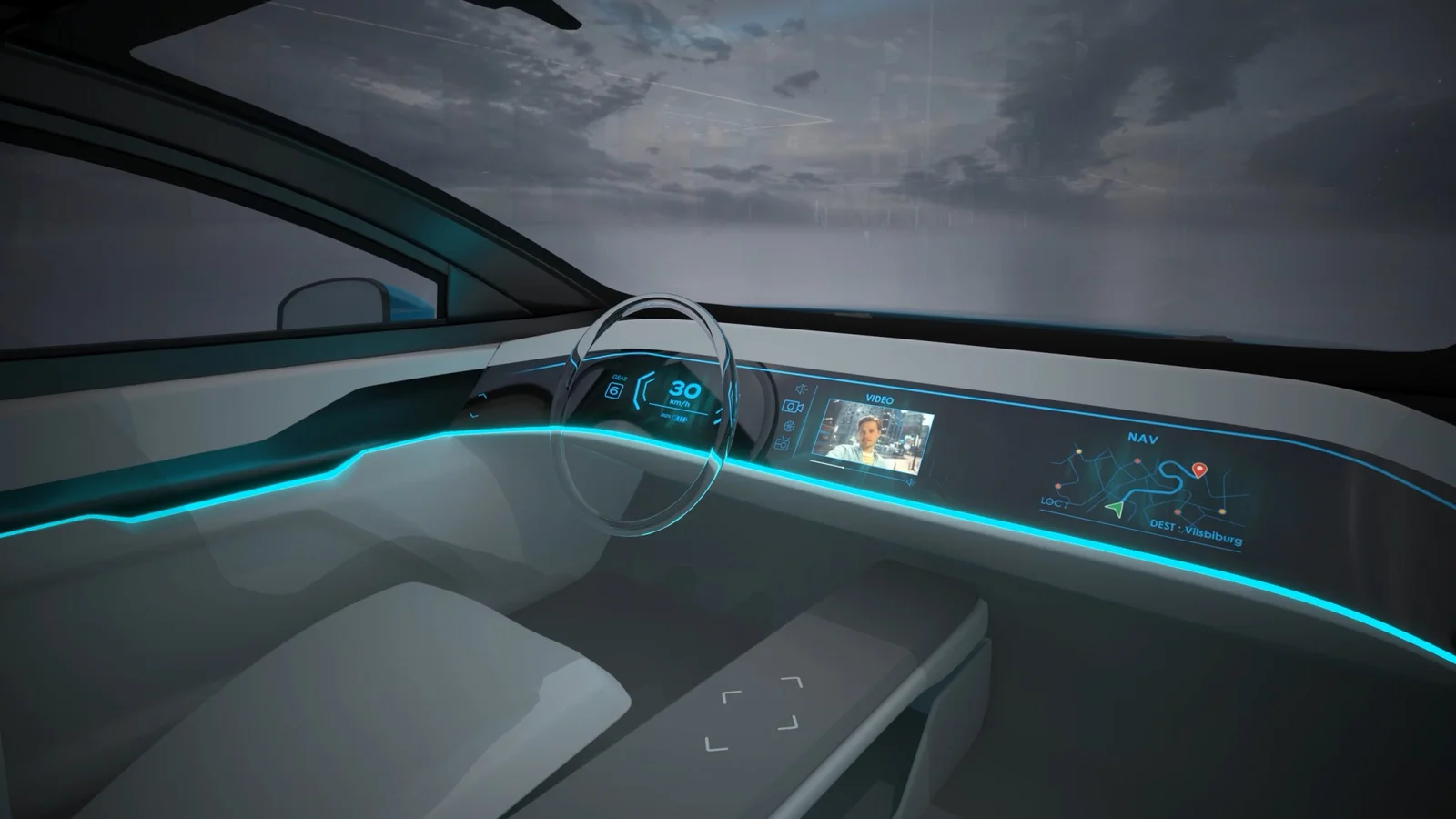
The mobility of the future
In the future, cars will operate autonomously, networked, and fully powered by electricity. DRÄXLMAIER is already perfectly positioned for the changes in the automotive industry. Would you like to help shape the future of DRÄXLMAIER?
Apply now